According to Mr. Nguyen Viet Quang, Vice Chairman and General Director of Vingroup Corporation - investor of VinSpeed - one of the enterprises proposing to participate in the North - South high-speed railway project, the enterprise wants to do the project with the spirit of service and dedication, but resources are not unlimited if it has to shoulder many other costs.
In addition, to avoid misunderstanding that VinSpeed registered to build the North-South high-speed railway mainly to get real estate projects (TOD projects along the route), VinSpeed proposed to the Ministry of Construction to remove the TOD part from this project.
He also said that VinSpeed had previously registered to do TOD as part of its income to offset the above costs and to contribute to the development of the localities that the railway passes through, especially the Central provinces.
" If we only aim to develop real estate in these localities, we can completely take the initiative to grasp the invitations from projects with much better locations without having to "borrow the excuse" of building high-speed railways. In fact, railway stations are often far from the centers of provinces and cities, which are far behind in terms of investment prospects ," Mr. Quang shared.

Mr. Nguyen Viet Quang, Vice Chairman and General Director of Vingroup Corporation.
Regarding high-speed rail investment, Mr. Quang said that the vast majority of high-speed rail projects around the world have to accept long-term losses, and cannot even calculate the time to make a profit. Only the Beijing-Shanghai high-speed rail line is profitable, but we do not have billions of passengers each year like China. With the North-South high-speed rail, VinSpeed estimates the loss to be up to tens of billions of USD.
According to the pre-feasibility study report approved by the National Assembly, the estimated average annual revenue (averaged for the first 30 years of operation) is 5.6 billion USD/year, of which direct operating costs (excluding depreciation and interest) are 4.2 billion USD/year.
In addition, the investment cost to expand passenger service capacity to achieve the above revenue-generating passenger traffic is 18.06 billion USD (not included in the initial total investment of 61 billion USD). Thus, the cash flow from the project's operations in 30 years is expected to be about 42 billion USD.
If done, VinSpeed will have to pay annual interest on the loan of 10.51 billion USD, estimated at about 1.05 billion USD/year (in the first 10 years of operation).
" So, after 30 years, the total revenue that can be earned is 10.5 billion USD (after paying interest on the loan of 10.51 billion USD), while the total amount that VinSpeed must repay to the State is 49.08 billion USD, not including our initial investment of 10.51 billion USD ," said Mr. Quang.
In addition, on average every 30 years, VinSpeed must invest in replacing or majorly repairing all trains and equipment.
The financial solution proposed by VinSpeed is direct private investment. Accordingly, the State will lend 80% interest-free for 30 years, VinSpeed will arrange 20% itself.
" We have registered for this plan from the beginning. Now we are still only registering for this plan. If we do PPP, we cannot mobilize the remaining 80% ourselves ," Mr. Quang emphasized.
Mr. Quang also said that VinSpeed founder - Mr. Pham Nhat Vuong has a clear plan to mobilize finance for this in the next 30 years.
The first source is dividends from all of Mr. Vuong’s companies in the next 30 years. If that is not enough, Mr. Vuong will sell shares of his own companies such as GSM, VinEnergo, V-Green… If that is still not enough, he will continue to sell a part of Vingroup’s shares after another 30 years.
" We have calculated very carefully and are completely confident about these plans ," said Mr. Quang.
Private investment is the optimal solution
According to economic expert Vu Dinh Anh, for the North-South high-speed railway project, direct private investment is the optimal choice compared to public investment or public-private partnership (PPP).

According to experts, direct private investment is the optimal choice when building the North-South high-speed railway. (Illustration photo)
Because according to him, if public investment, the budget must spend 100% of the capital and this total investment will not be profitable because this is almost certainly a loss-making project. Current calculations show that the payback period can be up to 140 years, or even impossible to pay back because the operating and maintenance costs will increase by tens of billions of USD in the following years.
This is also the experience of many countries in the world. This puts great pressure on public debt and national credit rating.
In addition, according to Mr. Anh, the efficiency of public investment is still a problem. With a national strategic and high-tech project like the high-speed railway, these shortcomings can cause the total investment to increase significantly, the time to be extended and economic opportunities to be missed.
Meanwhile, PPP sounds balanced but in reality there are many conflicts of interest between the parties, and Vietnam currently does not have a complete mechanism to handle these conflicts.
The problem is even bigger with the North-South high-speed railway project. According to regulations, the private sector must mobilize at least 30% of the capital. Considering the total investment capital of more than 60 billion USD, 30% is a huge number that no business can mobilize.
In fact, PPP is suitable for projects with strong commercial cash flow for investors to recover capital such as BOT highways, seaports, and airports. But high-speed railways are different. The private sector must mobilize a huge amount of capital, but ticket revenue will not be enough to cover costs while the maintenance life cycle is expensive, possibly adding tens of billions of dollars.
No business would dare to invest tens of billions of dollars and just play the role of “partner”. If the State wants to attract investors, it might have to guarantee profits and thus return to the nature of the State bearing the risk.
Therefore, according to him, the State should lend 80% of the capital, and the private sector should contribute 20%. The important thing is that the State will fully recover the 80% capital after 30 years, without losing anything. Meanwhile, if it is public investment, the budget will not only contribute 100% of the capital but there is also no basis to show that this investment can be recovered.
When the private sector directly implements and operates, they have the motivation to work quickly, optimize costs, and innovate technology to achieve long-term efficiency while shortening the time. The State still plays a supervisory and approval role, but does not have to bear the costs of capital increase, slow progress, or decades-long operational risks like public investment. The evidence can be clearly seen with the recent record-breaking project of the National Exhibition Center.
TOD (Transit-Oriented Development) is an urban planning model that focuses on developing residential and commercial spaces around public transport transit stations.
Source: https://vtcnews.vn/vinspeed-de-xuat-khong-lam-bat-dong-san-doc-du-an-duong-sat-toc-do-cao-bac-nam-ar989232.html





![[Photo] Prime Minister Pham Minh Chinh receives Governor of Gunma Prefecture (Japan) and Special Advisor to the Japan-Vietnam Friendship Parliamentary Alliance](/_next/image?url=https%3A%2F%2Fvphoto.vietnam.vn%2Fthumb%2F1200x675%2Fvietnam%2Fresource%2FIMAGE%2F2025%2F11%2F25%2F1764066321008_dsc-1312-jpg.webp&w=3840&q=75)

![[Photo] Close-up of Ba Ha River Hydropower Plant operating to regulate water to downstream](/_next/image?url=https%3A%2F%2Fvphoto.vietnam.vn%2Fthumb%2F1200x675%2Fvietnam%2Fresource%2FIMAGE%2F2025%2F11%2F25%2F1764059721084_image-6486-jpg.webp&w=3840&q=75)
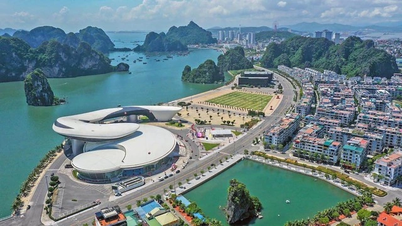





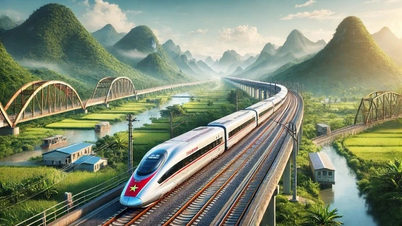


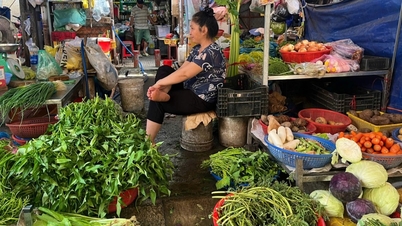



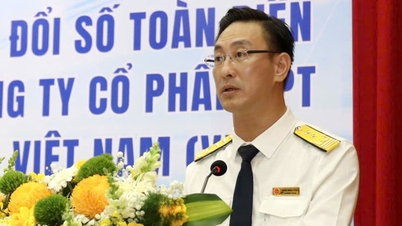
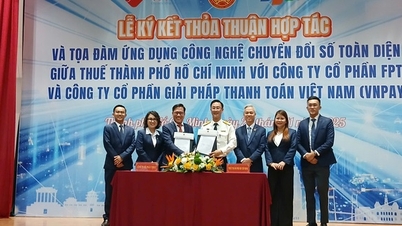

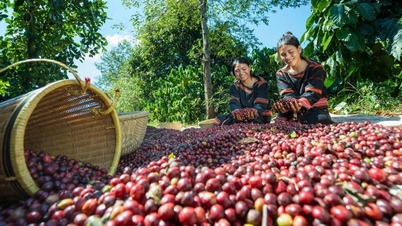






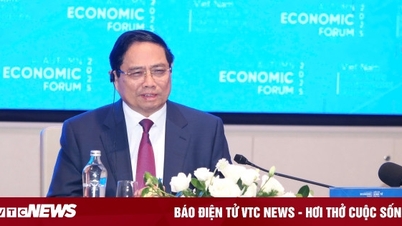
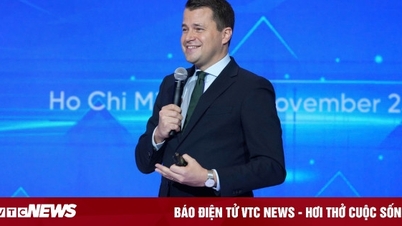



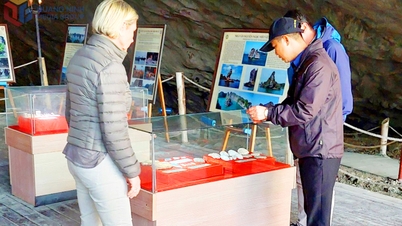
















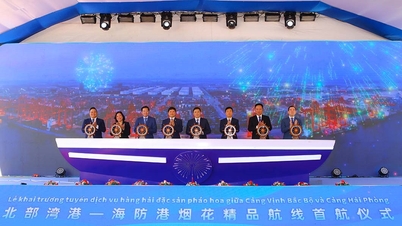

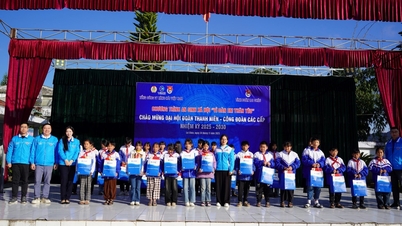


![[Answer] Should I install an elevator for an old renovated house?](https://vphoto.vietnam.vn/thumb/402x226/vietnam/resource/IMAGE/2025/11/25/1764039191595_co-nen-lap-thang-may-cho-nha-cai-tao-cu-khong-04.jpeg)













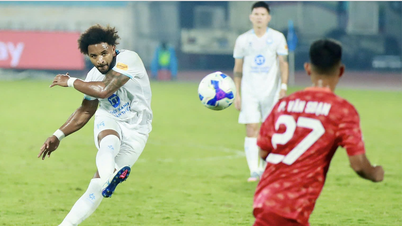
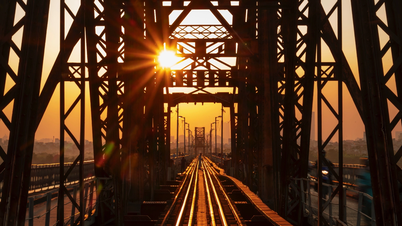
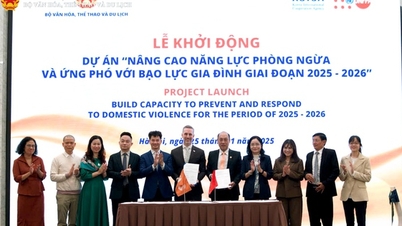

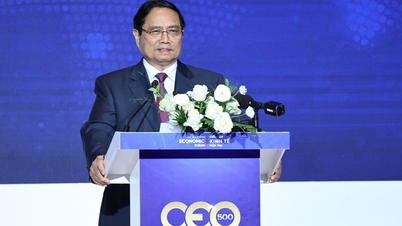

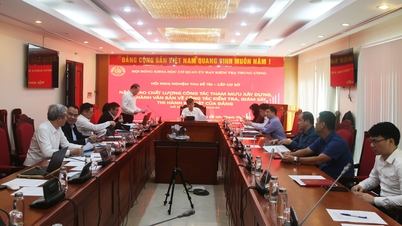

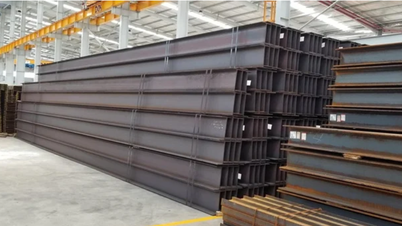




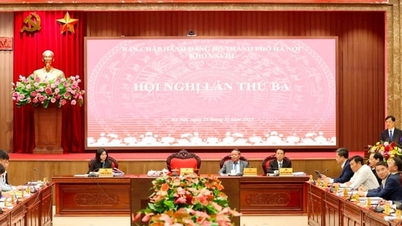


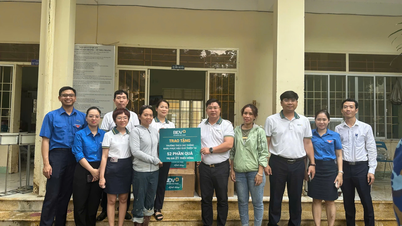

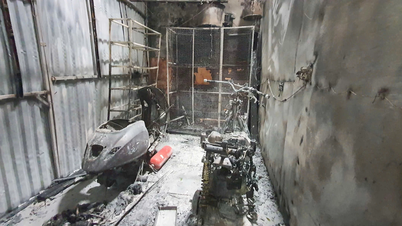












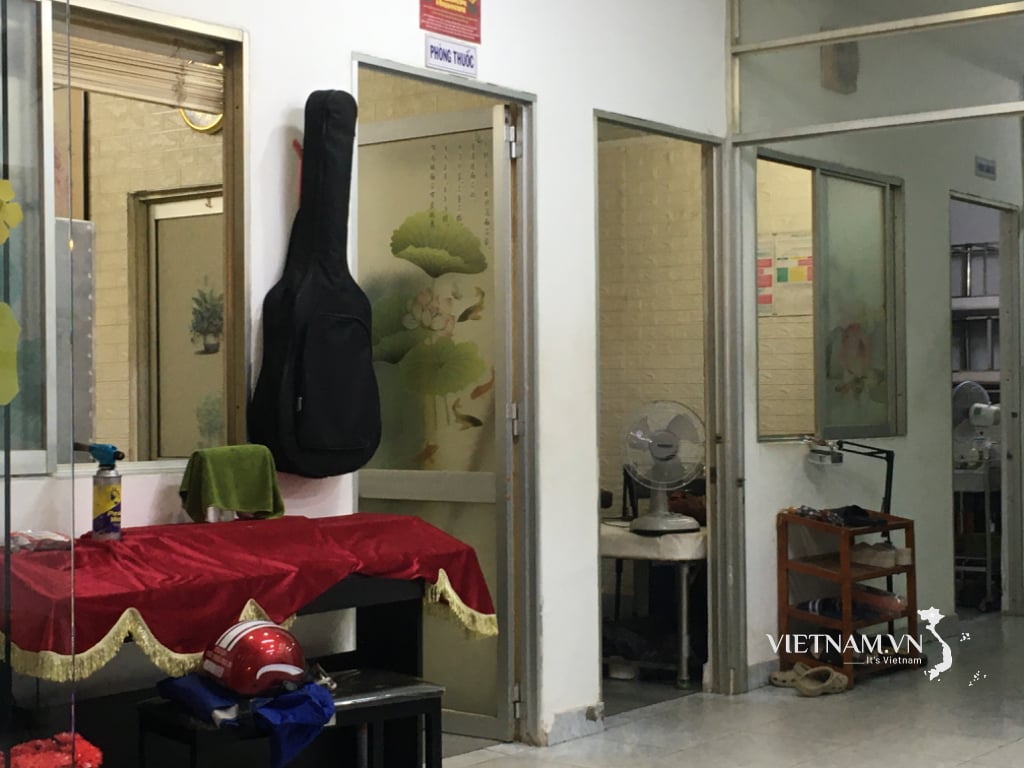


Comment (0)